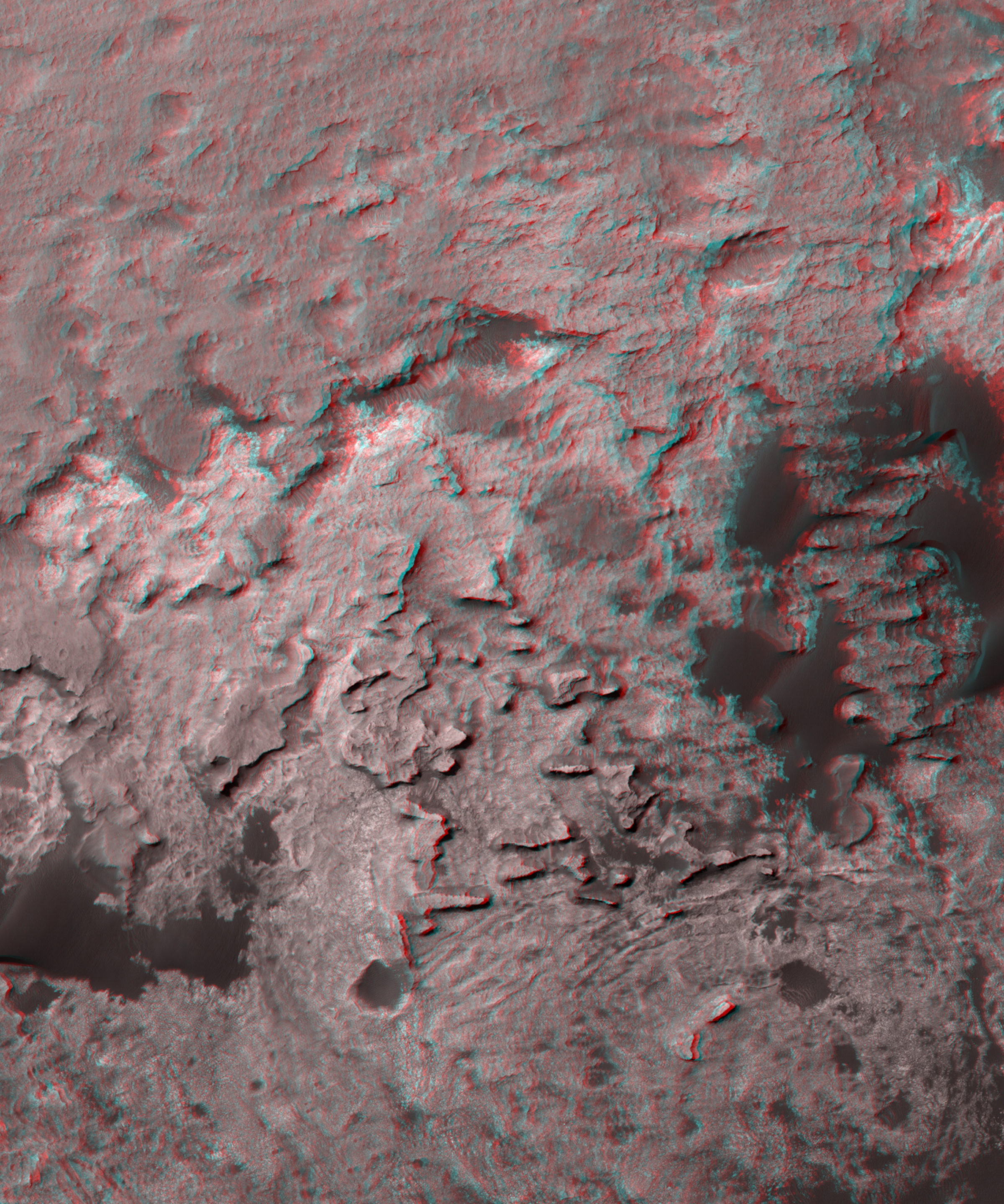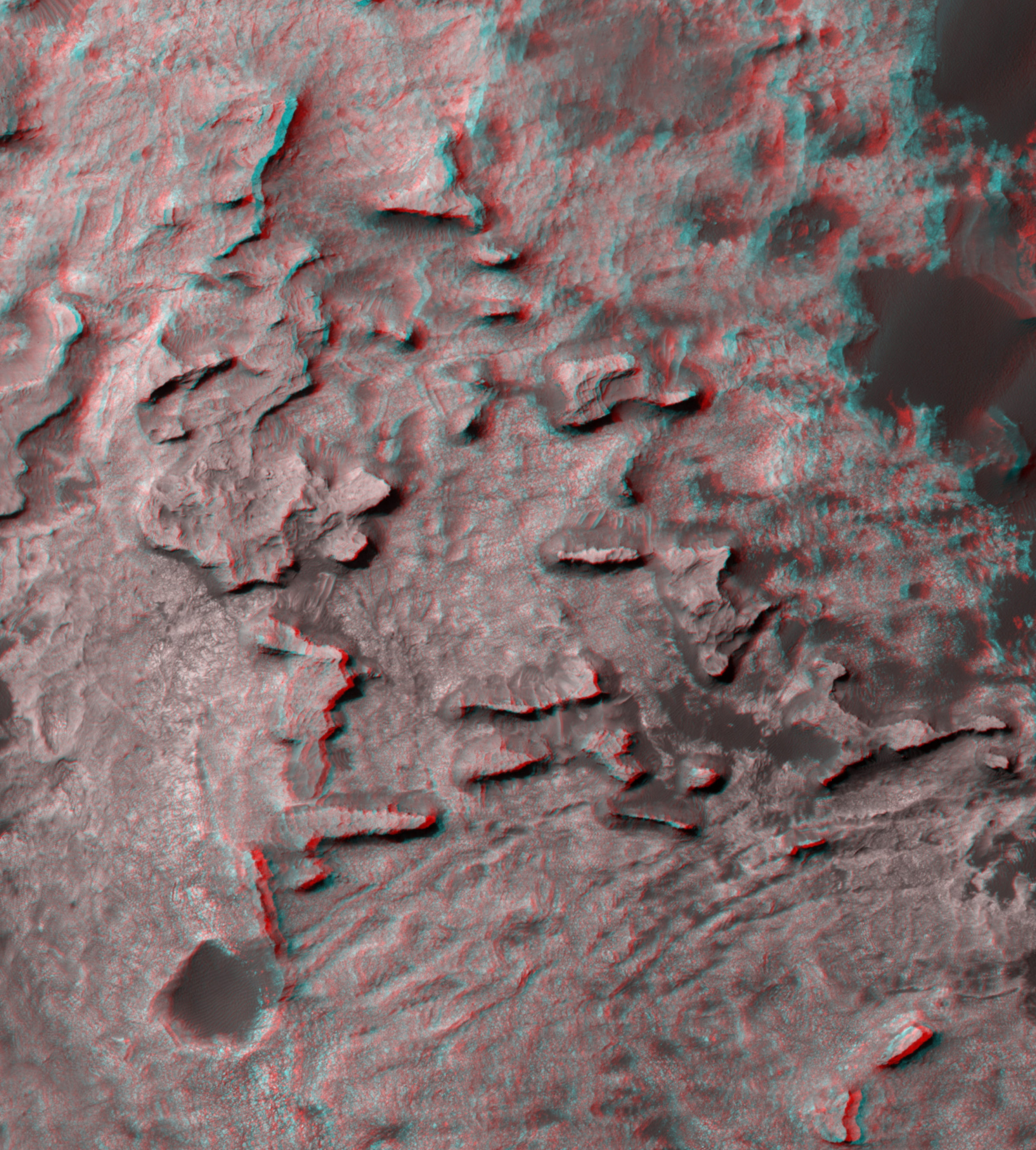Emily Lakdawalla • Nov 14, 2013
Features at both rover field sites on Mars named for Bruce Murray
The Jet Propulsion Laboratory announced yesterday that the geologists on both Mars rover teams -- Opportunity and Curiosity -- have named landmarks at their field sites after the late Bruce Murray.
For Opportunity, the choice of landmark was an obvious one. After spending nearly all of her mission on the flatlands of Meridiani Planum, Opportunity is at last doing what her sister Spirit once did: mountain climbing. The hill that Opportunity is climbing now has been named for Murray. There's quite a view from Murray Ridge:

For Curiosity, though, the choice was harder. The plains on which Curiosity is driving are more interesting than the trackless wastes of Meridiani's sand sea, but they're still not compelling enough to spend a long time at. Curiosity is bent on her destination of Mount Sharp. So I really like what the team chose to do to commemmorate Bruce. They didn't name anything nearby for him; they named the features that they're aiming for.
There are black sand dunes in between Curiosity and the mountain, forming a nearly continuous band. But at about 6 kilometers from Curiosity's current position, the band of dunes is broken up, interrupted by a set of buttes poking up above the landscape. That's where Curiosity will turn toward the mountain, weaving her way among the buttes to cross the sand hazard to get to the enticing rocks at the foot of Mount Sharp. Getting to the Murray Buttes will mark the end of Curiosity's arduous road trip and the beginning of her journey upward through Martian time.
Here's a short video narrated by John Grotzinger about that landmark:
The shapes of these seem so cool, I just had to dig into the HiRISE data to see how they look in 3D. Go get your red-blue glasses; I'll wait.
Okay, ready? Here's a wide view of the area around Murray Buttes. I made sure to include an interesting set of rhythmic ridges to the northeast of the buttes. You can see that the landscape really drops from the plains Curiosity is currently driving on (to the north in this image, far to the northeast, out of the picture), to where the black sand dunes break up among the buttes.

From a distance it seems like kind of scary terrain. Zoom in on it, though, and it looks to me like the rock in between the buttes is actually quite smooth and, in most places, fairly free of dust. You can see a fine network of veins criscrossing it. It should be fairly easy driving, and spectacular views. I should point out that there is vertical exaggeration in this 3D view, by what factor I'm not sure.

Are we there yet? Are we there yet? Are we there yet?
Support our core enterprises
Your support powers our mission to explore worlds, find life, and defend Earth. You make all the difference when you make a gift. Give today!
Donate

 Explore Worlds
Explore Worlds Find Life
Find Life Defend Earth
Defend Earth

